Introduction
Smart homes are no longer a thing of the future, but a present-day reality. With advancements in technology, smart homes are becoming more intelligent, efficient, and convenient. One of the latest technologies to be incorporated into smart homes is virtual reality (VR). In this article, we will explore the applications of VR in smart homes and discuss the trends that are shaping its development.
What is Virtual Reality?
Virtual reality is a computer-generated simulation of an environment that can be experienced through a headset or other devices. It is designed to create a sense of presence, allowing users to interact with a computer-generated environment as if it were real. The technology has come a long way in recent years and is now being applied in various fields, including gaming, education, and healthcare.
The Integration of VR in Smart Homes
The integration of VR in smart homes is still in its early stages, but the potential applications are vast. One of the most promising areas is the interaction between VR and smart window treatments. Imagine being able to control your smart curtains or blinds through a virtual interface. With the use of VR, users can experience a more immersive and engaging way of interacting with their home automation systems.
Another potential application of VR in smart homes is the creation of virtual home environments. This would allow homeowners to visualize changes to their homes, such as different furniture arrangements or wall colors, before making any physical alterations. With the use of VR, homeowners can experiment with different design ideas and get a better sense of how they will look and feel.
Current Developments in VR for Smart Homes
The development of VR for smart homes is still in its early stages, but there are already some exciting developments underway. One of the most significant trends is the use of augmented reality (AR) and mixed reality (MR) in smart homes. These technologies are designed to create a more immersive and interactive experience, allowing users to interact with their smart home devices in a more natural way.
Another trend in VR for smart homes is the use of artificial intelligence (AI) and machine learning (ML). These technologies are being applied to smart home devices to create more personalized and intelligent experiences. For example, a smart thermostat can learn a user's behavior patterns and adjust the temperature accordingly.
Future Development Trends in VR for Smart Homes
The future development trends in VR for smart homes are exciting and promise to bring even more advanced technologies to the market. One of the most promising trends is the development of smart glasses that can overlay virtual information onto the real world. This technology could revolutionize the way we interact with our homes and the world around us.
Another trend in VR for smart homes is the development of more advanced haptic feedback systems. These systems allow users to feel sensations, such as temperature and texture, through a VR headset. This technology could make interactions with smart home devices even more realistic and immersive.
Conclusion
Virtual reality is a promising technology that is already making waves in various industries. Its integration into smart homes is still in its early stages, but the potential applications are vast. From virtual interfaces for smart window treatments to creating virtual home environments, VR is transforming the way we interact with our homes. With the development of new technologies such as AI, ML, AR, and MR, the future of VR in smart homes looks bright.
“
After reading this article, if you found it helpful, share it with someone you care about.
Let's spread the sunshine and make the world a better place together. ”
Start your sunshine life with CurBot!






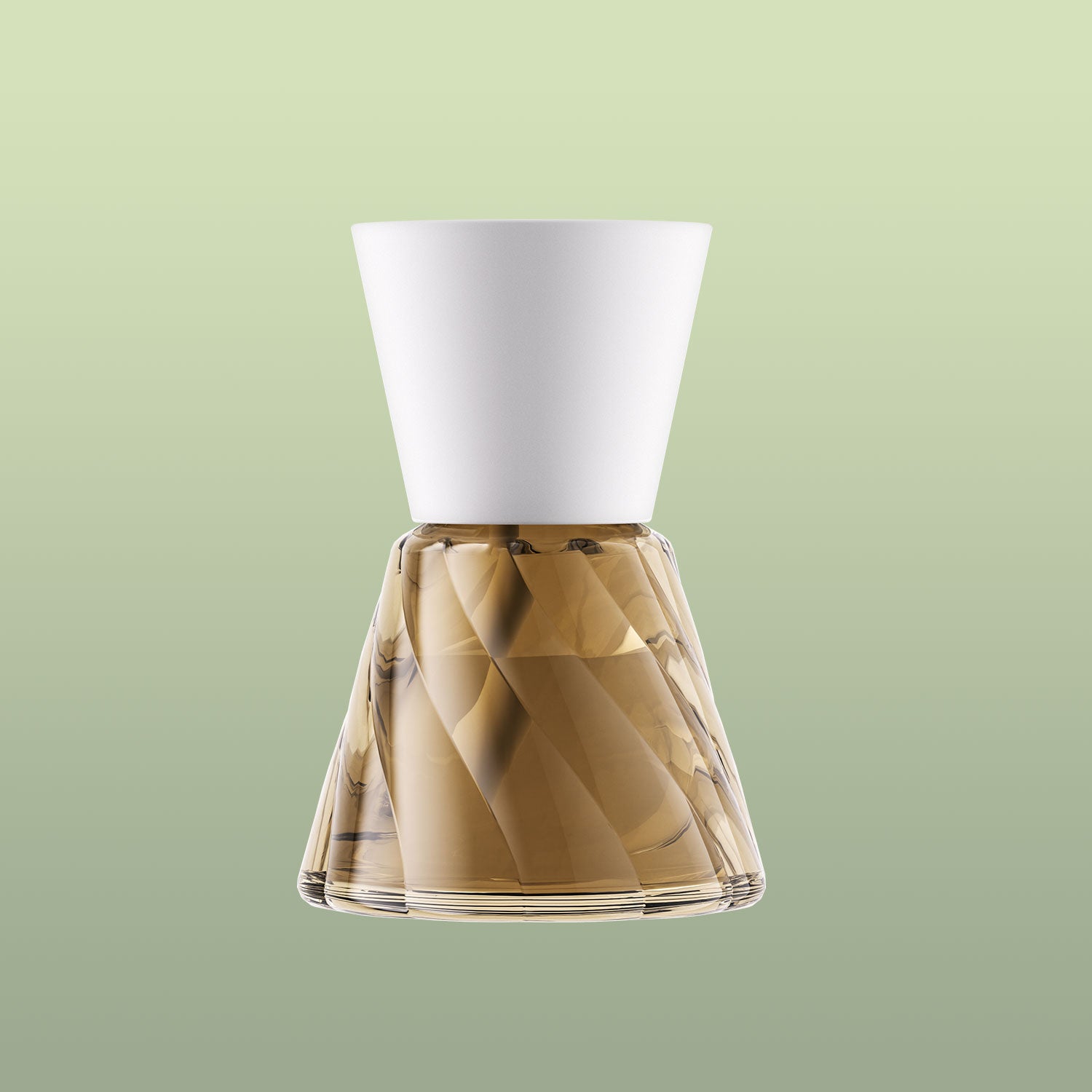


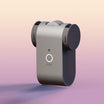
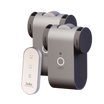
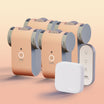
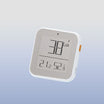
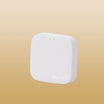
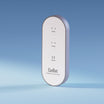
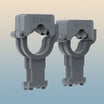





Leave a comment
All comments are moderated before being published.
This site is protected by hCaptcha and the hCaptcha Privacy Policy and Terms of Service apply.